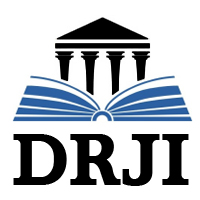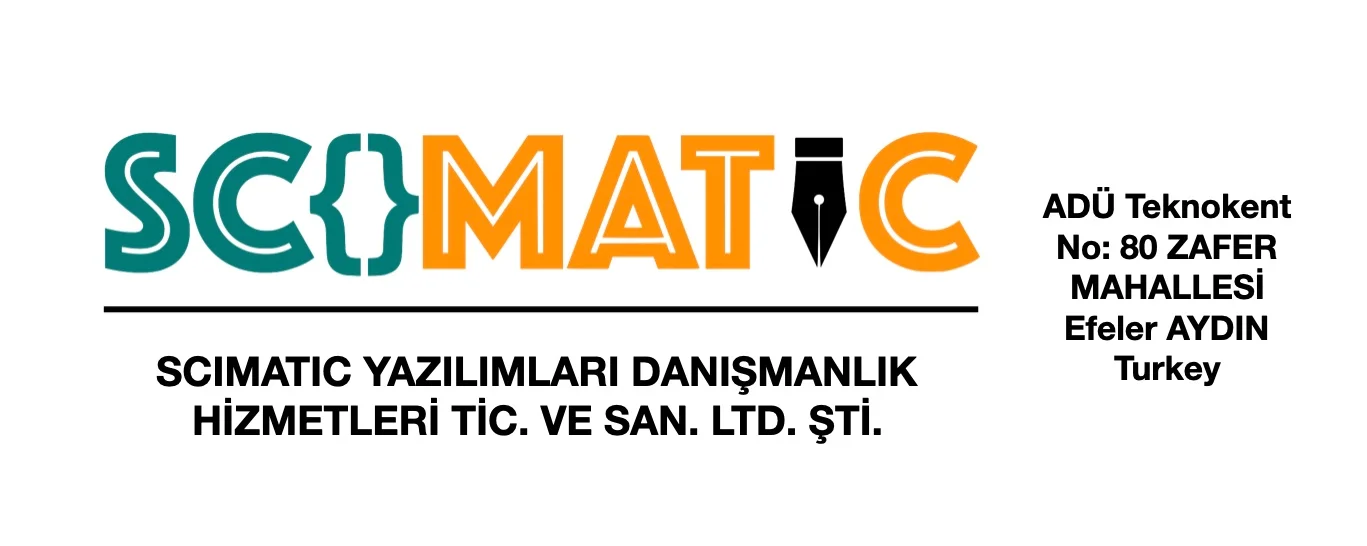The Role of Tasawuf in Socio-Economic Development: A Contemporary Analysis of Pakistani Society
Keywords:
Islamic mysticism, Pakistan, Social welfare, Socio-economic development, Sufi shrines, TasawufAbstract
This study investigates the intersection of Islamic mysticism (Tasawuf) and socio-economic development in contemporary Pakistani society, with particular emphasis on the role of Sufi institutions in fostering community welfare and economic growth. Employing a mixed-methods approach combining historical analysis, case studies of major Sufi shrines, and examination of shrine-based economic activities, the research demonstrates how traditional spiritual institutions adapt to and influence modern development challenges. Findings reveal that Sufi shrines function as multifaceted centers of social and economic activity, generating significant impact through religious tourism, local commerce, and extensive welfare programs. These institutions provide crucial services including food distribution, healthcare, education, and financial assistance, often reaching communities underserved by government programs. However, the research also identifies significant challenges, including commercialization of spiritual practices, rising extremism, and modernization pressures. The study concludes that while Tasawuf-oriented institutions make substantial contributions to Pakistan's development landscape, their potential remains partially untapped. Policy recommendations include formal recognition of Sufi institutions' development role, integration of Tasawuf principles in development planning, and support for shrine-based social welfare programs. This research contributes to the broader understanding of how religious institutions can effectively participate in modern development while preserving cultural heritage.























